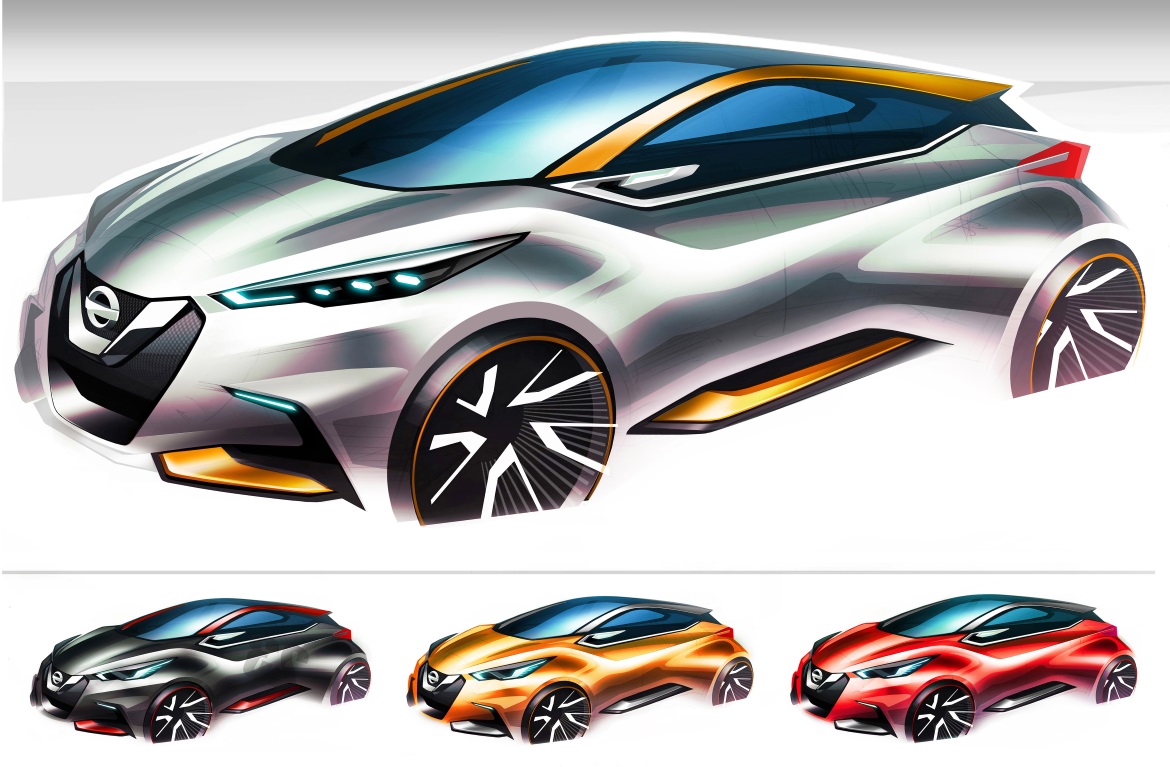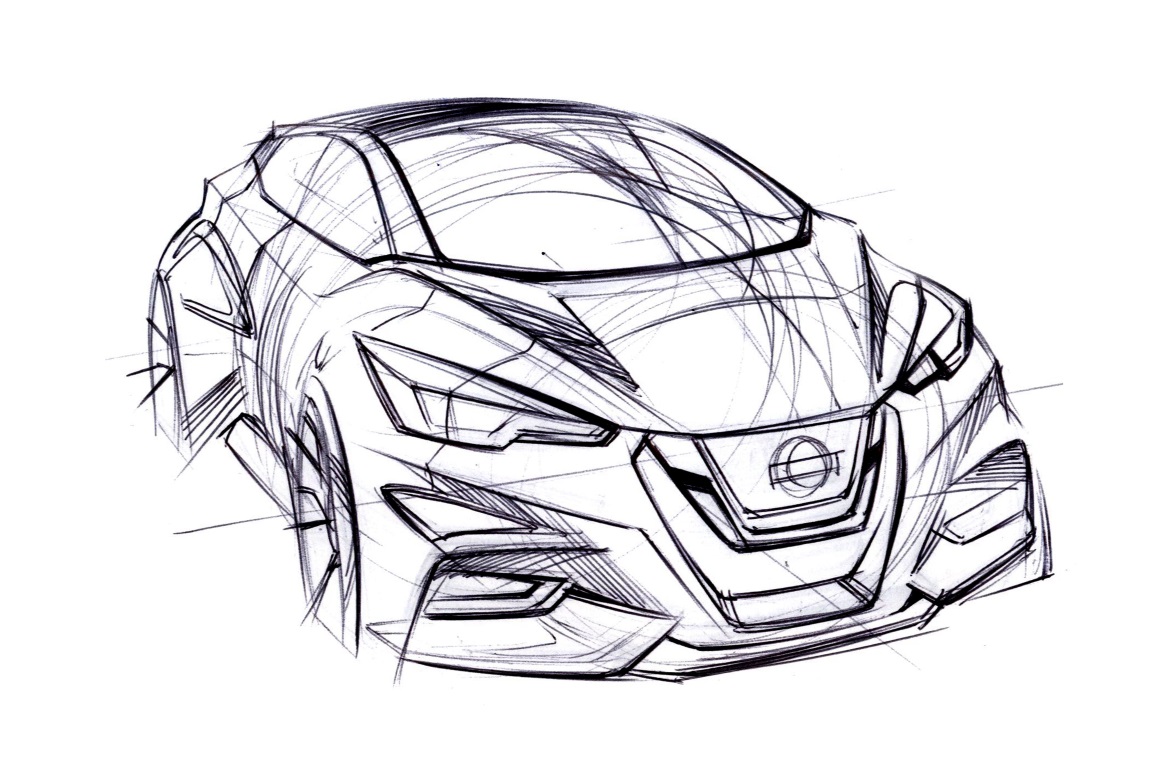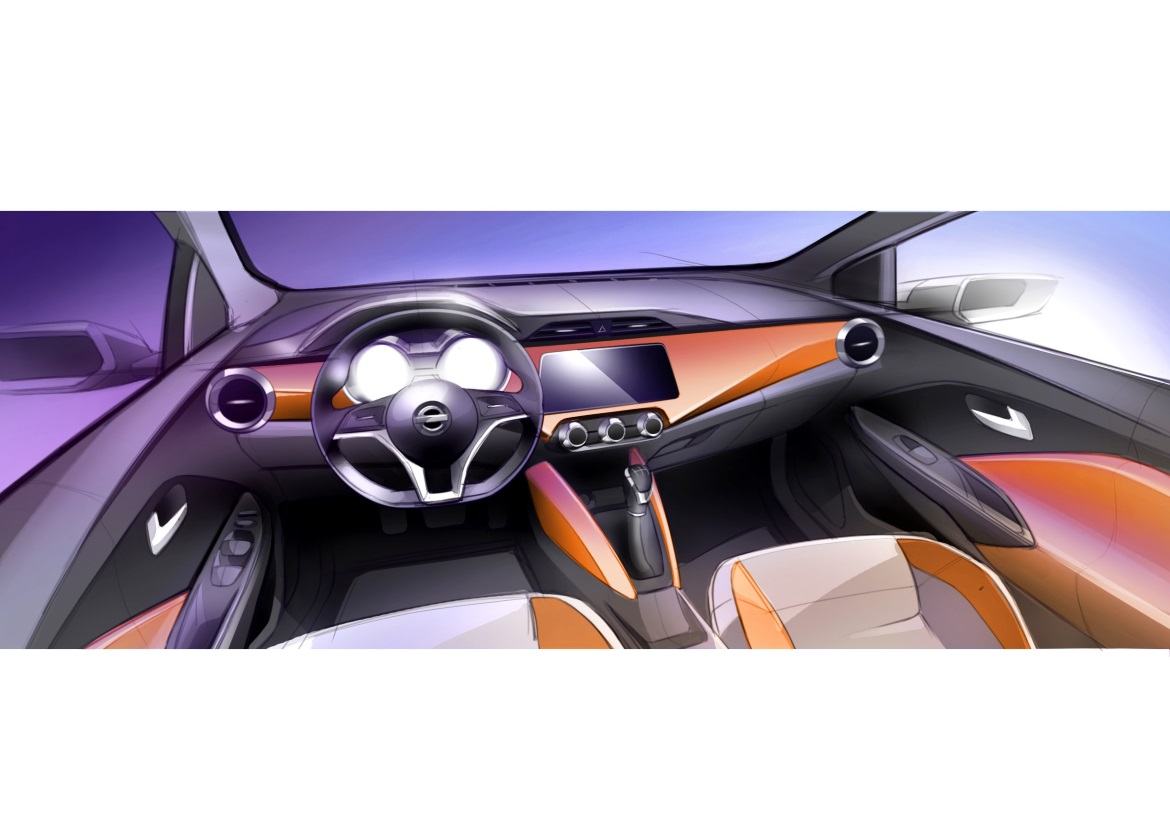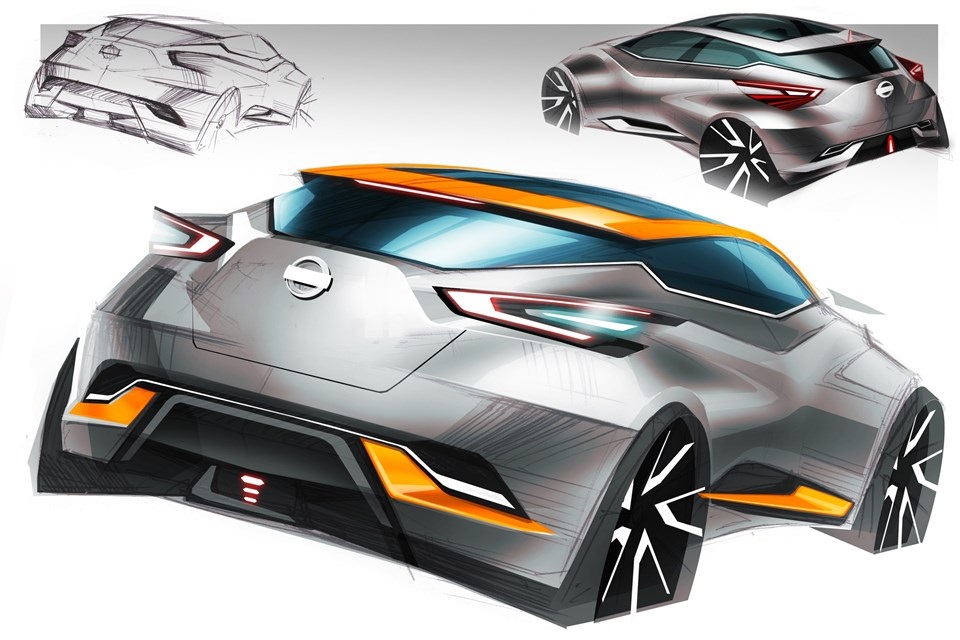With the latest generation of the Nissan Micra, which in recent weeks has begun to show its face in European cities, we are unquestionably dealing with a profound styling transformation. In the play of ribbing that springs from the grille, gives dynamism to the bonnet, slides around the doors and climbs back incisively towards the tail, accompanied by the geometrical illusionism of the dark C pillar, lies all the desire to confer fresh maturity on the popular Japanese supermini that is now sportier and, above all, more contemporary.
What’s the origin of this change in distinctive features? This was discussed at the IED in Milan with Davide Tealdi, designer and lecturer in Transportation Design in Turin. First stage, the observation of the model’s 35 years of evolution: from the original, ultra-rational edition of 1982 (never officially imported to Italy), to the iconic Micra of 1992 (which actually went so far as to cite the Mini and, in some respects, took its place before the advent of authentic retro-design), up to the more joyful proposal of 2002 (whose styling was partially influenced by Japanese regulations) and the much less significant penultimate series of 2010 (“muffled” by the need to conceive it as a world-car and produce it in India).
Today Nissan is again banking on style, but in a changed world. Where you no longer advance through the years with the resignation of yesteryear, so even those who have lost their early bloom can love very dynamic forms. Where you search for personalisation. Where the crisis at times demands that a large car be replaced by a smaller one, to which therefore more attention must be paid. Where the urban dimension of life behind the wheel, but also of fashions, is preponderant and influences the perception of cars. It is from the merger of these tendencies, as Tealdi explains, that the look of the Micra Act V was born. Target, retrieve iconic status.
















